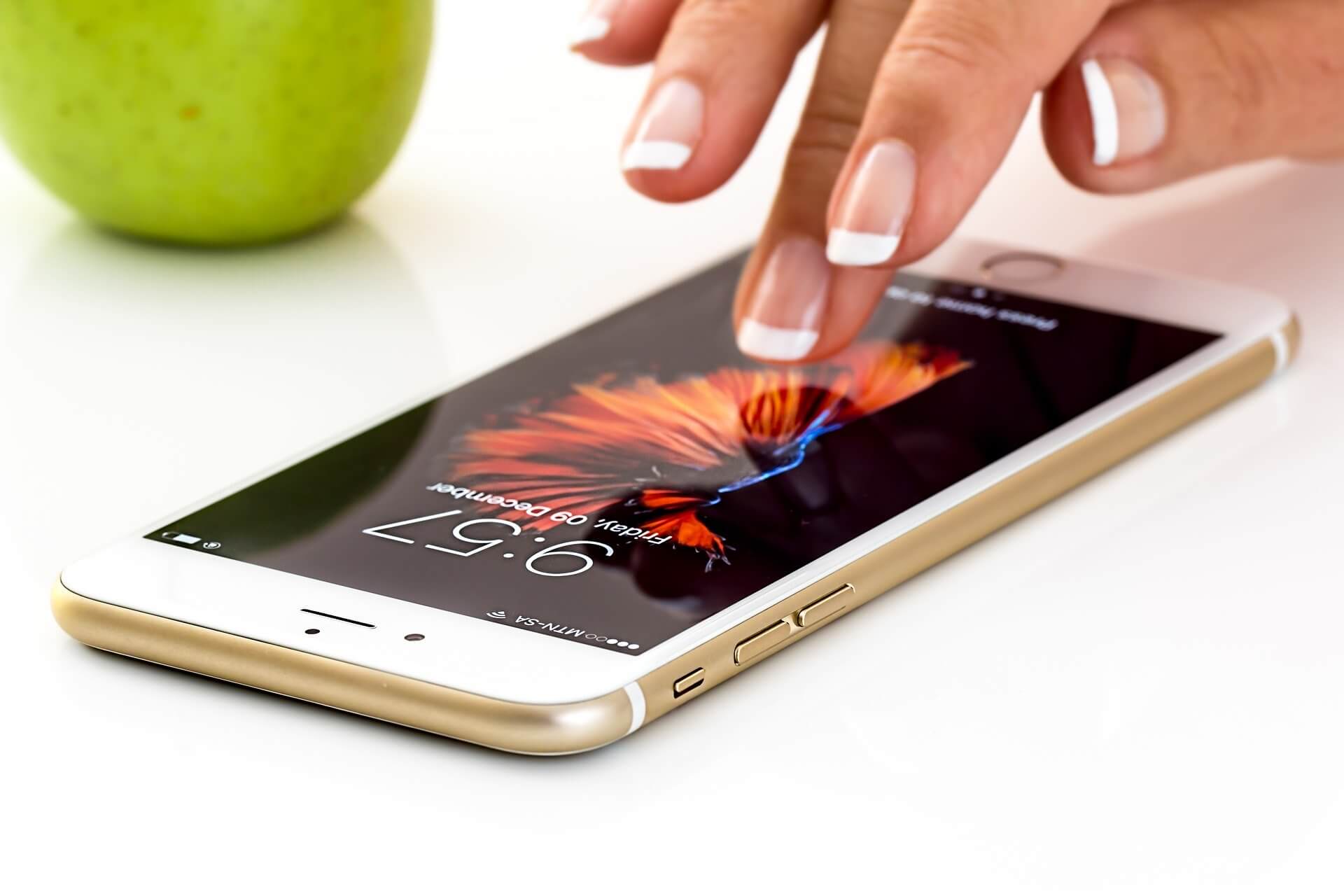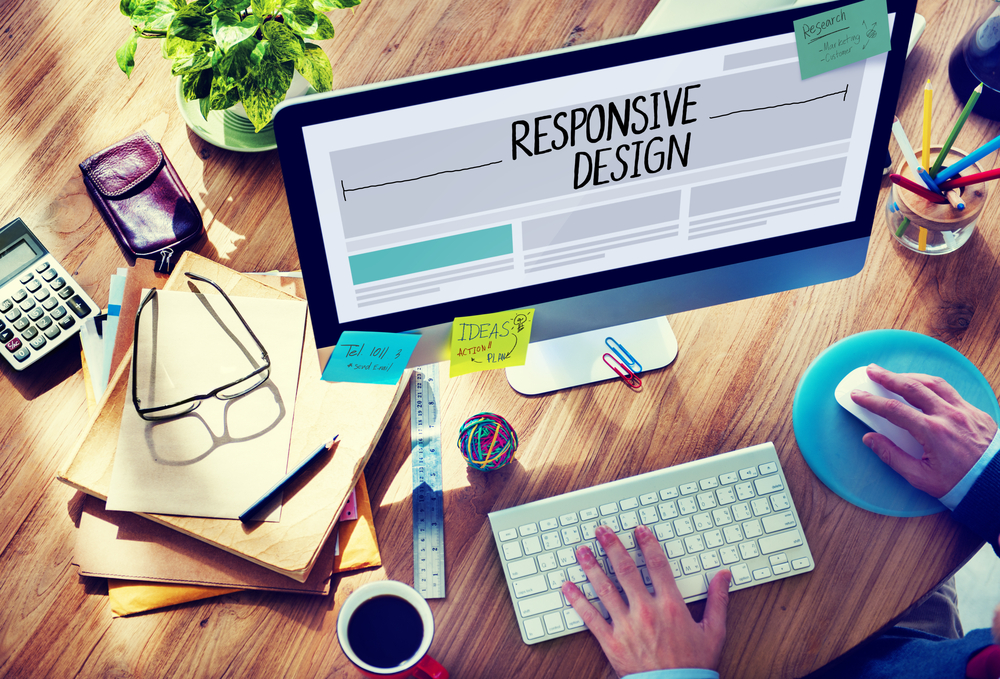The middle of the last decade saw two Operating Systems begin to take shape – the iOS and the Android. Apple owned one, and the other was open source. A lot has changed since then. The ninth iOS version has just been announced while Android has seen everything from Gingerbread to Lollipop.
The user base of both the companies has grown too. It wasn’t just a few years back that smartphones weren’t affordable for the common many. In fact, touch screens by itself were a luxury. Processor improvements, RAM increase and a host of new specs meant that these two OS needed to change too, for the better. Then, Google acquired Android. Android smartphone prices came at a level where the general consumer could afford one – and the smartphone war started.
While Google and Apple continue to battle it out against each other, both companies manage to woo in customers only because their OS gets better with time. One of the major developments that both companies have stressed in is that of design and development. Enhancing the user experience and intuitiveness seems to be at the focus point and for a good reason.
App Developers – A Story That Has Just Begun
The developments mean that app developers can rethink on their app strategies. With a better UI, app developers can design apps that rake in more customers and drive in more traffic. Some features are the same while some are unique to one of them. The unique benefits mean that developers can look at a good amount of customization too. So, what are the Android and iOS design trends that app developers can take advantage of?
Here is a look at the trends of both the OS.
Android
Flat interface design
Android and iOS both have a flat design today, which offers a neat and clean look to the interface, and allows for a better user experience. A flat interface essentially means that users can access apps and features quicker. The simple colour schemes can beautifully use the Flat design.
Use of bright and vibrant colours
Again, this is something similar to both iOS and Android systems – apart from a high PPI ratio, the Android interface offers rich and vibrant colours for users, which aims to grab attention right away.
Use of layered interface
A layered interface means that users have a 3D-like experience, enabling increased user engagement. Users can also use a multi-layer interface, with active widgets at the front and the inactive ones at the back.
Google Material Design
Introduced in 2014, Google’s own Material Design has a host of new features, which includes grid-based layouts, and responsive animations. There is also Google Now, which uses a ‘card’ like motifs and extensive transitions, padding and in-depth effects. The introduction of shadows to app icons was a first, which meant that visible edges and surfaces of app icons and objects could be seen clearly. This in turn means that users get to experience the Android touchscreen in a more life-like manner.
Code Thumb-Focused Interface
Most people prefer using their smartphones with one hand – and developers can design apps that recognize simple thumb oriented gestures easily. You can even specify the instances when multiple finger gesture is needed. This betters user experience and increases the engagement rate.
Use of blur effects extensively
Both the iOS and Android use blur effects. It helps offer a clean look and users can focus on the areas of the screen that are ‘working’.
Effective Animation
Animation just makes the user experience a whole lot cooler. From background animations to in-app animations, developers can add in graphics and animations easily to give their app an edge.
Gestures For Different Audience
Developers can create unique gestures for the application. Think of the Game Amazing Spiderman: Unlimited by Gameloft. This episodic adventure game which involves you running around mostly, allows you to control the super hero with your gestures. While a single swipe allows you to change lanes, a swipe with two fingers means that you can change two lanes at once. Developers thus have a world of potential out there, and app designing becomes so much more exciting.
iOS
If Android got you talking about the user improvements, here is what iOS has to offer.
Native improvised design
Developers have it easy with a native environment that is friendly to app development. Aimed to make the app user experience more enjoyable, it helps developers integrate the native functions into the app easily.
Flat design everywhere
The iOS 7 introduced the flat design, enhancing user experience up by a few notches. The design is just right for viewing on mobile phones and offers a complete experience.
Minimal design -just what is needed
Down the years, there has been a trend in going minimalistic. A minimal design tries to say a lot more by saying a lot less. That’s a reason app icon sizes have gone smaller and there is a lot more information to your screen space without it seeming overdone.
New-age typography
Another important change that I see is the fact that there are so many typography options available. Whether it being customizing your keyboard or using newer fonts, typography options help user explore more and send messages in new, innovative ways. Apple only recently allowed third party apps and API integration, helping users personalize easily.
Use of bright and vibrant colors
While pixel density is always focused on while creating iOS devices, Apple also uses bright and vibrant colours to enhance the user experience.
Blur effects
iOS too uses Blur effects, which means that users can check out the portions of the screen that are working – while all other portions of the screen can be blurred out.
Gesture targeted designs
Pinch on the picture to zoom in. Swipe your fingers to move from one screen to another. Gesture targeted designs have made users experience iOS devices in a new way while allowing developers to use their creativity a little more.
Building a successful app – Do’s and Don’t’s
How do you build your app? Understanding the benefits on offer and the unique features of the operating system you’re developing for, will just enable you to develop apps that fully explore the capabilities. This in turn betters user experience and helps you reach out to a wider audience. Here are a few do’s and don’t that can help you.
Do
- Do explore the full potential of the operating system
- Do keep your audience in mind
- Do focus on user engagement
- Do create a fluid UI and gestures that are easy to comprehend
Don’t
- Don’t use dull colors
- Don’t use complex working method that makes users read a ten page manual first
- Don’t just design something for the sake of it – the user has to like what you’ve to offer.
iOS and Android have stayed up to date, constantly reinventing themselves down the years and helping developers do a lot more. While they have managed to retain user engagement with their native interface, the question is, does your app have the potential to use those design features to spark user engagement?

Written by Tanya Kumari
Tanya leads the Digital Marketing Team at Classic Informatics, a leading web development company . She is an avid reader, music lover and a technology enthusiast who likes to be up to date with all the latest advancements happening in the techno world. When she is not working on her latest article on agile team dynamics, you can find her by the coffee machine, briefing co-workers on the perks of living a healthy lifestyle and how to achieve it.








.png)










